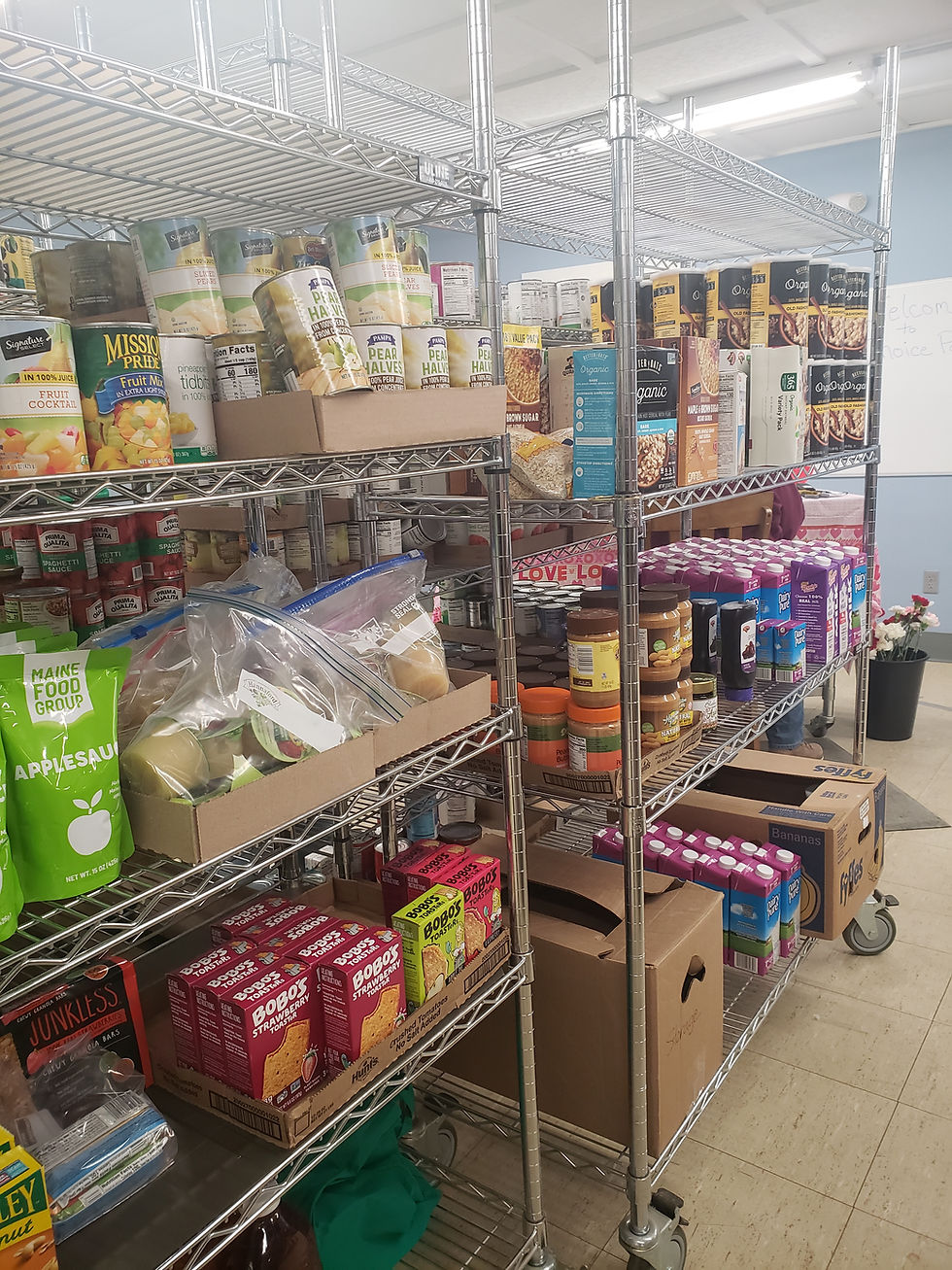Wednesday's With Whitney
- kelly43337
- Apr 18, 2019
- 3 min read

"I know I should be looking at the nutrition labels when I am grocery shopping, but there is so much information it can leave me more confused than informed, especially with terms like "added sugar" and "total sugar" on the same label. What should I look for and focus on when I am comparing nutrition labels at the grocery store?"
Many of us can relate, nutrition labels are overwhelming to say the least. They can often be intimidating even when you think you know what to look for. As with health, there is no one-size-fits-all model for label reading. Depending on your goals and health needs, what we look at on the nutrition label will vary. No matter who you are, sugar is one of the components most of us would benefit from keeping an eye on.
When thinking about sugar specifically, it can get tricky. Sugar is located under the TOTAL CARBOHYDRATE title; the sugars (along with fiber) are included in the total amount of carbohydrates. Under “sugars” there may also be a line with “includes added sugars”; this identifies the number of added sugars. If “inc. added sugars” is not listed, then the natural and added sugars have been combined, making it challenging to tell how much is added.
Added sugars are added to foods or beverages in the processing/preparation of the product. Added sugars are not naturally occurring. Naturally occurring sugars are those in milk and fruits.
So now you are wondering what numbers to look for, right? The Dietary Guidelines for Americans recommends limiting calories from added sugars to no more than 12 teaspoons or less per day for adults. The American Heart Association recommends kids ages 2-18 should have less than 6 teaspoons of added sugar each day. Let’s put that into perspective….12 teaspoons is about 50 g of sugar per day, and 6 teaspoons is about 25 grams of sugar. Four grams of sugar is equal to 1 teaspoon. Spoiler alert---it adds up quickly! Take for example a 20-ounce bottle of Orange soda with 72 grams of sugar (added), that is equal to 18 teaspoons. Hate to break it to you but, you are over for the day with just that one soda. If your jaw dropped with that one, try a medium Dunkin Mocha Swirl frozen coffee topping in at 31.5 teaspoons of sugar. Yikes!

That is not to say that all foods with added sugar don’t offer us anything. Some cereals having added sugars provide us with beneficial fiber and whole grains. There is a big difference between 8 grams of added sugar and 20 grams. We also must take into consideration the serving size on the label (the amount at the top of the label that the nutrition facts are based on). If the servings size is 1 cup and we are eating 2-3 cups, we would need to multiply each number appropriately. Same goes if you are eating half of the serving size, you would divide by two (a great way to cut back on added sugar).
One more thing to be mindful of when it comes to sugar- those tricky “code” names for sugar. When looking at the ingredient list, sugar is also called sucrose, high fructose corn syrup, cane sugar, syrup (or any variation), molasses, raw sugar, barley malt, brown rice syrup, corn syrup, dextrose, dextrin, glucose, maltose, maltodextrin, ethyl maltol and fructose-to name a few.
It is undoubtedly challenging to navigate the food label, just look at what we learned about tackling sugar. Stay tuned next month as we will further explore the food label.
With health in mind:
Keep added sugars to a minimum; aim for less than 12 teaspoons per day for adults and less than 6 teaspoons for children/teens.
Remember: 1 teaspoon is equal to about 4 grams of sugar.
Natural sugars do not need to be avoided/limited.
Be mindful of name variations of sugar!



Comments